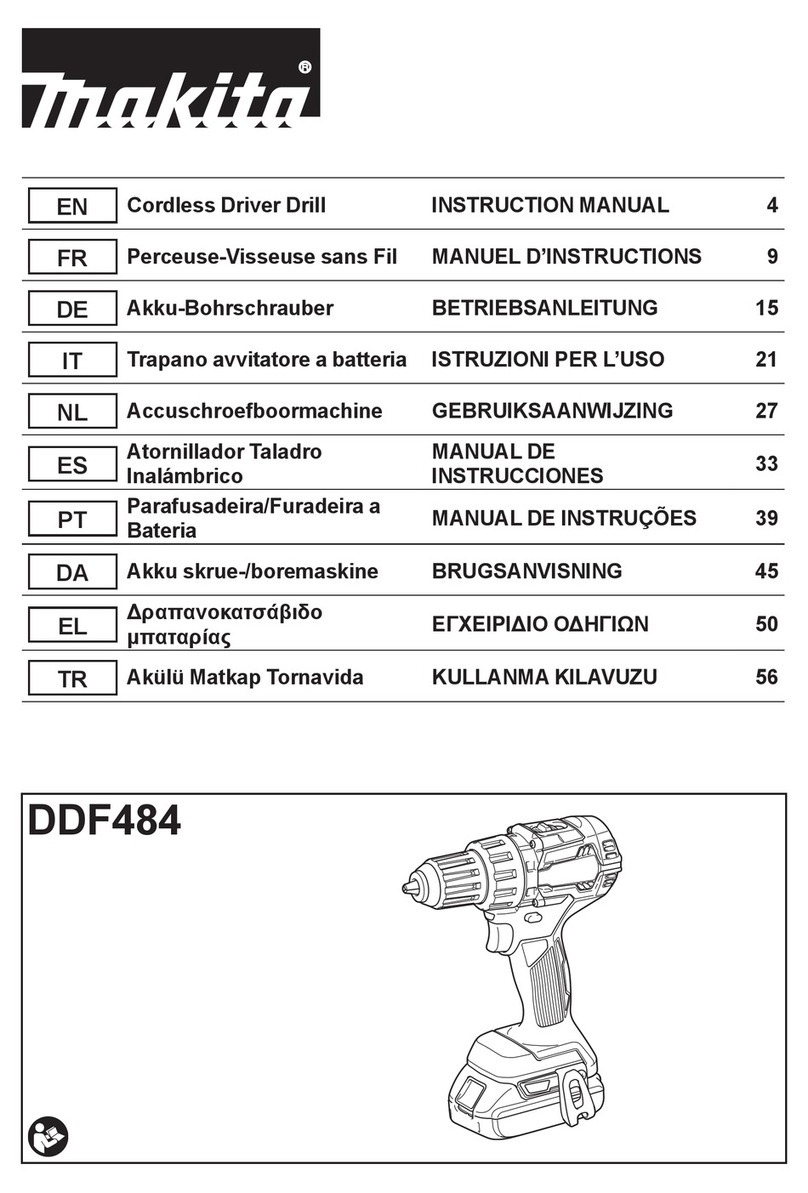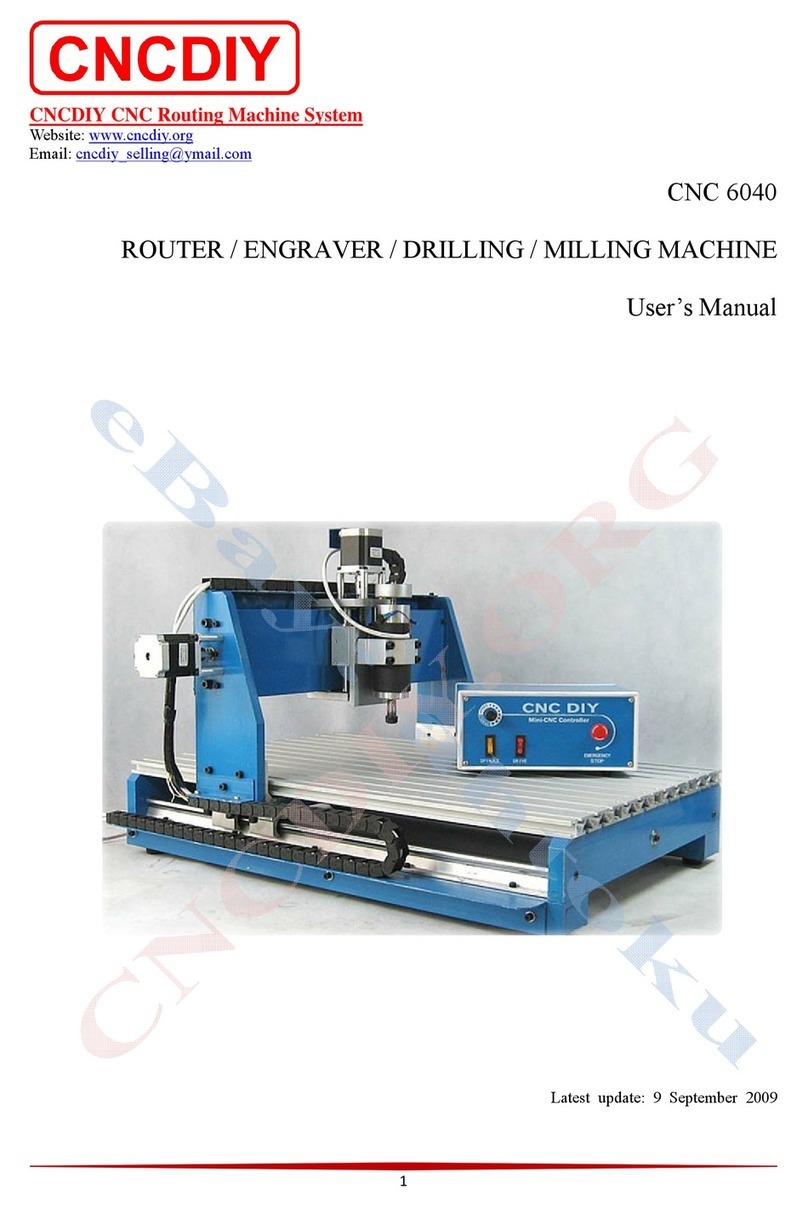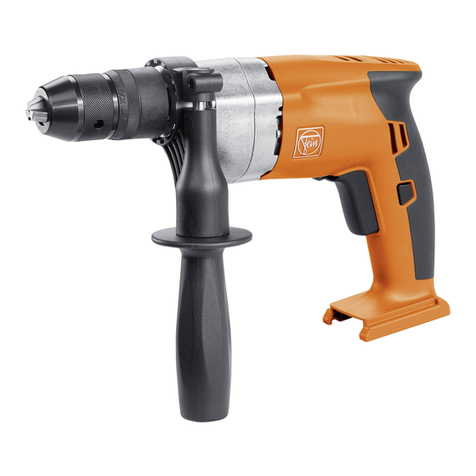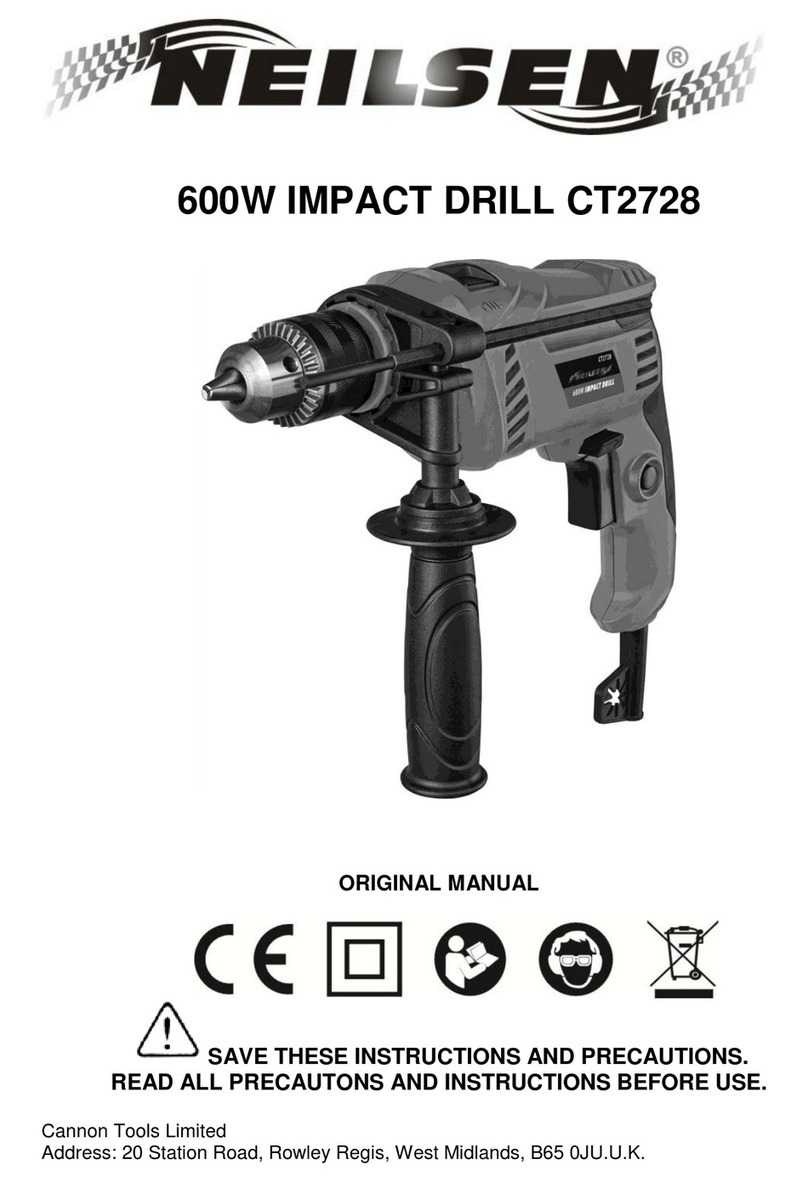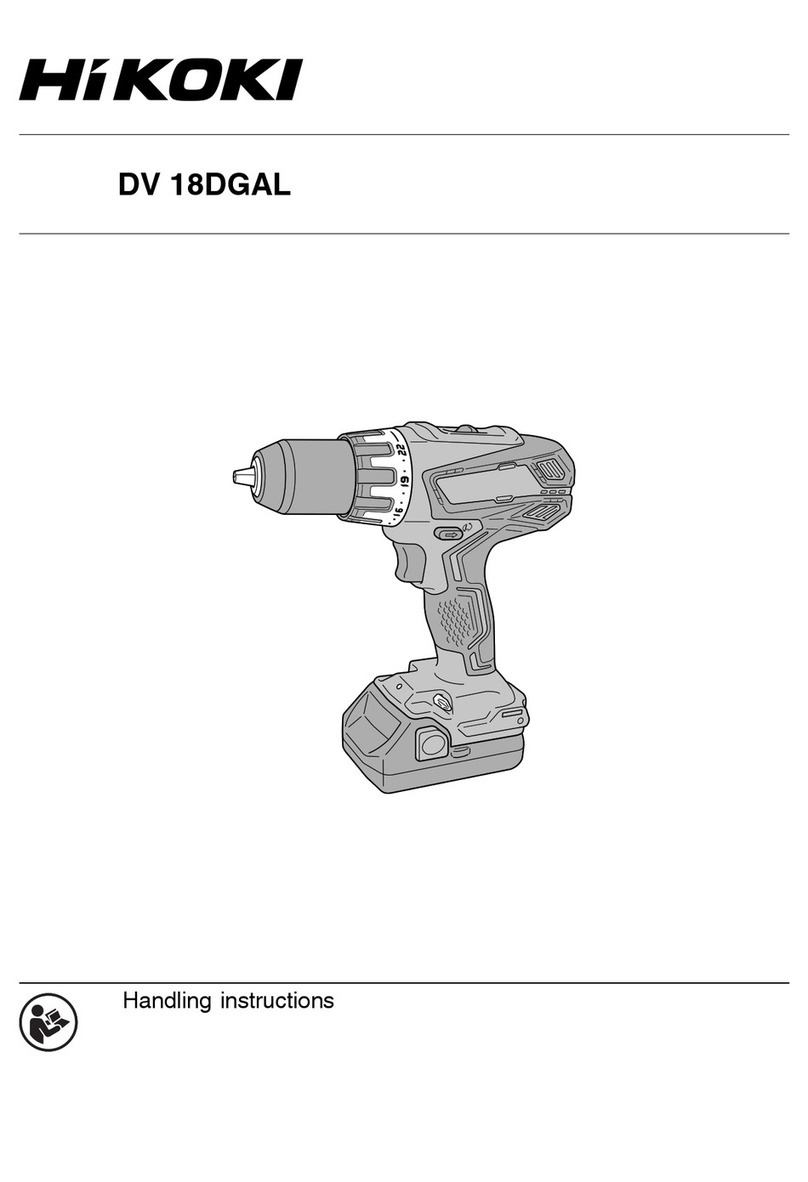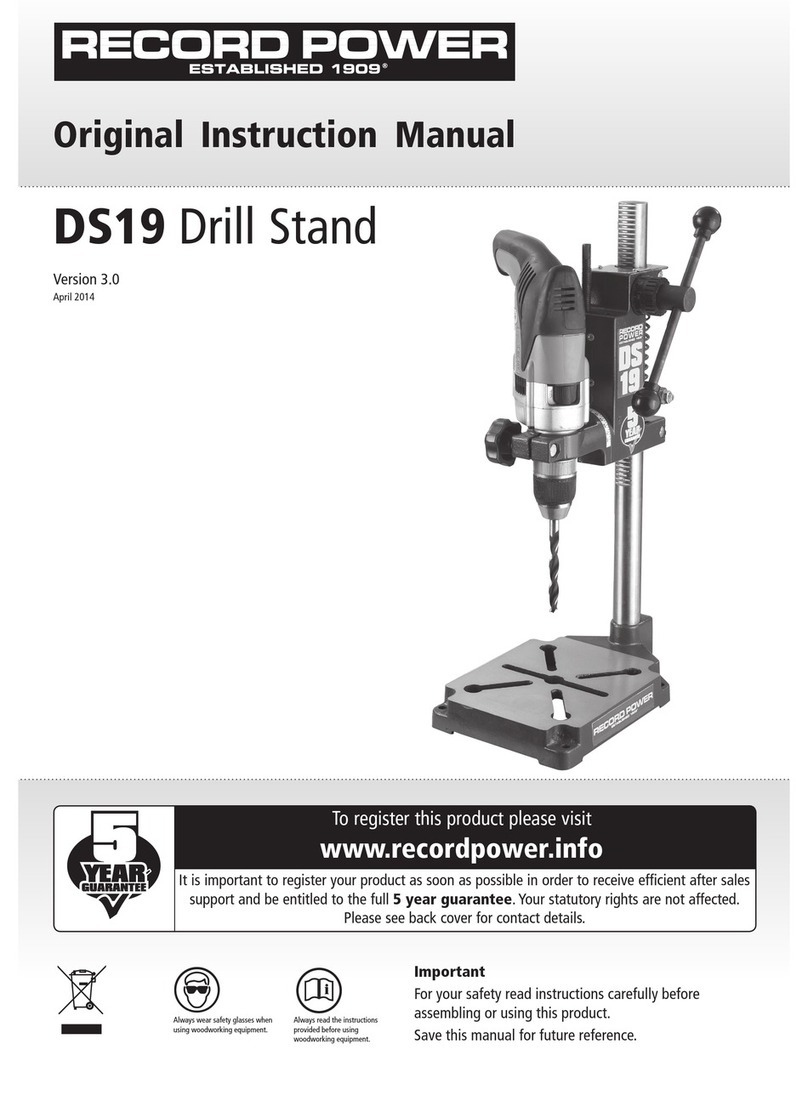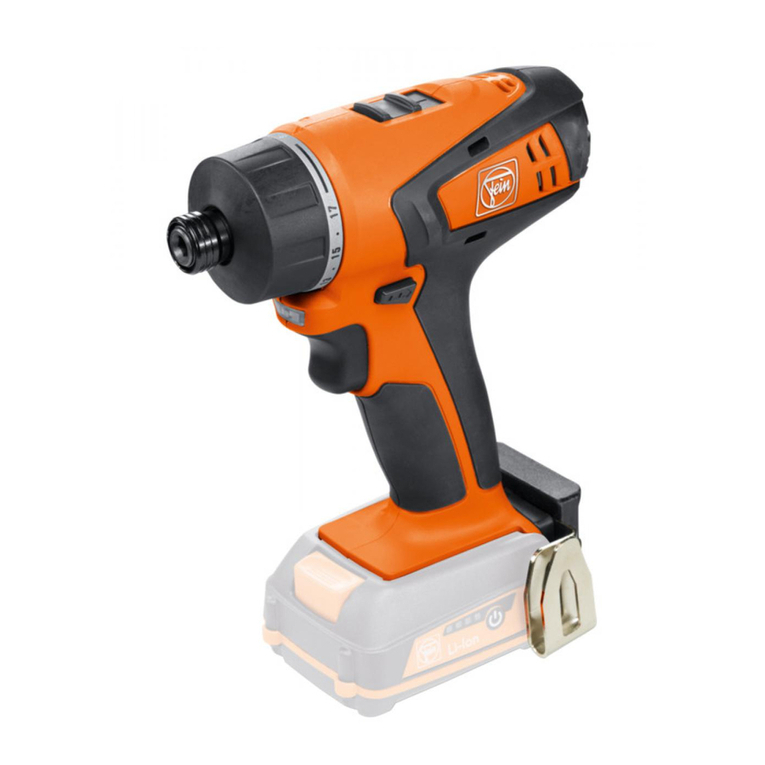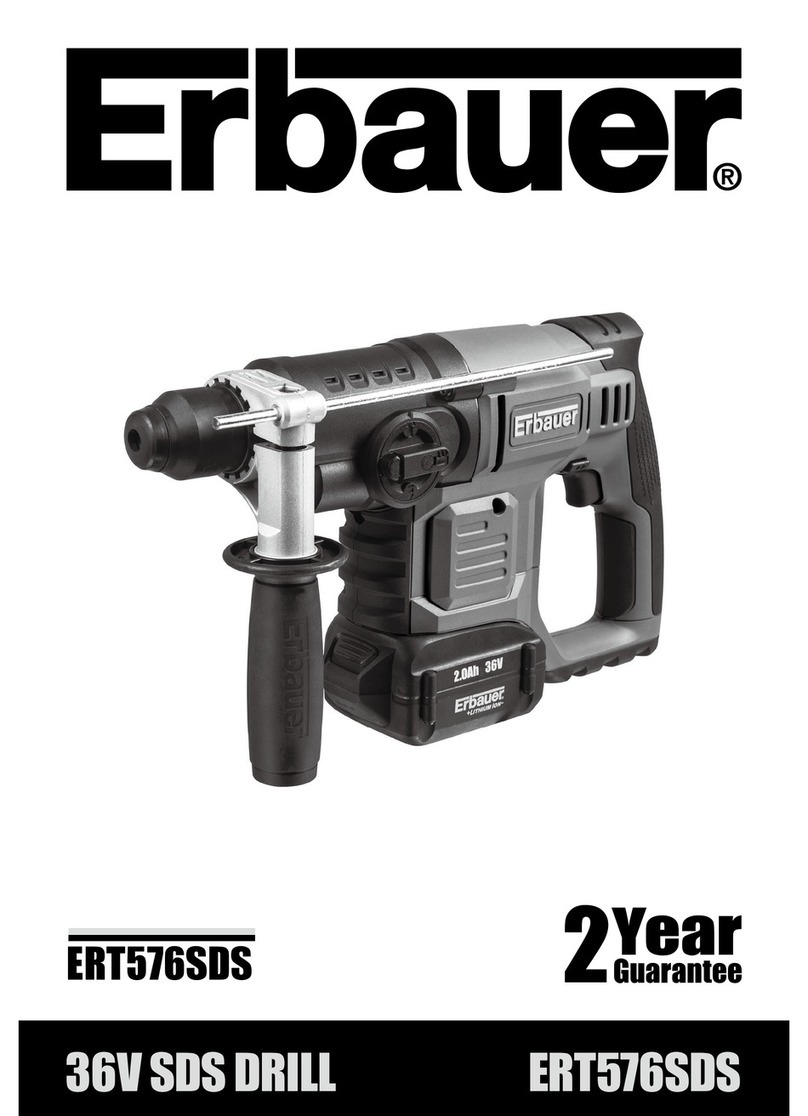The Renovator Join-A-Jig User manual

INSTRUCTION
MANUAL


Join-A-Jig™User Manual Page 1
Contents
Welcome .............................................3
About the Join-A-Jig™.................................3
Why read this manual .................................3
Support ............................................3
Safety ................................................4
Safety rst!..........................................4
Work area safety .....................................4
Personal safety ......................................5
Dust safety..........................................5
Power tool use and care ...............................6
What’s Included .......................................7
What’s in the kit ......................................7
Parts of the Join-A-Jig™................................8
About Join-A-Jig™Screws .............................9
About Join-A-Jig™Plastic Plugs ........................10
Using the Join-A-Jig™..................................11
Overview ..........................................11
Securing the Join-A-Jig™to the workbench................ 11
Selecting the correct screw ............................12
Setting the Depth Collar ..............................14
Setting the Drill Guide Height ..........................15
Securing the workpiece ...............................16
Drilling the workpiece ................................17
Joining workpieces ..................................18
Hiding the pocket holes ...............................19
Using the Mini Join-A-Jig™...........................19
Making repairs ......................................21
Using a spacer block .................................22

Page 2 Join-A-Jig™User Manual
Creating Wood Joints .................................23
Types of wood joints .................................23
Creating a butt joint ..................................24
Creating a mitre joint .................................25
Creating a leg and rail joint ............................26
Creating a set-back joint ..............................27
Creating a 90-degree panel joint ........................28
Creating edge joins ..................................29
Tips and troubleshooting ..............................30
Using the Join-A-Jig™ for the rst time ...................30
Drilling tips .........................................30
Gluing your work ....................................30
Reducing wood splitting...............................31
Warranty ............................................32
One (1) year limited replacement warranty statement........32
Warranty conditions..................................32
What’s not covered by warranty ........................32
Warranty notes .....................................33

Join-A-Jig™User Manual Page 3
Welcome
Welcome
About the Join-A-Jig™
The Join-A-Jig™Wood Joining System enables you to create professional
joins without the need for glue, dowels or biscuit joiners, eliminating the
need to do time-consuming measurements and realignment.
Why read this manual
Take the time to read this manual so you can create craftsman-like joins.
Following a few simple pointers will help you to avoid common mistakes that
can spoil your project.
Support
If you experience problems with the Join-A-Jig™or its performance, please
call our Customer Service Team for assistance:
✔1800 890 840 in Australia
✔0800 002 999 in New Zealand
✔1800 200 3111 in United States
View from underneath
(2) Screw into place
(1) Angle Drilled Holes
Or scan this QR code to go straight to the
Join-A-Jig™ website.

Page 4 Join-A-Jig™User Manual
Safety
Safety
Safety rst!
Your Join-A-Jig™is a professional tool. Your enjoyment will rely on observing
a high level of personal safety as well as protecting the safety of others.
This section sets out important safety guidelines for using your Join-A-Jig™.
Work area safety
Follow the guidelines below to ensure your work area is safe to use the
Join-A-Jig™.
Safety guidelines
• Keep work area clean and well lit. Cluttered or dark areas invite
accidents.
• Do not operate power tools in explosive atmospheres, such as in
the presence of ammable liquids, gases or dust. Power tools create
sparks which may ignite the dust or fumes.
• Keep children and bystanders away while operating a power tool.
Distractions can cause you to mishandle the tool.

Join-A-Jig™User Manual Page 5
Safety
Personal safety
Follow the guidelines below to ensure your personal safety while operating
the Join-A-Jig™.
Safety guidelines
• Stay alert, watch what you are doing and use common sense when
using the Join-A-Jig™. Do not use the Join-A-Jig™while you are tired
or under the inuence of drugs, alcohol or medication.
• Use personal protective equipment. Always wear eye protection
and ear protection. If operating in a dusty environment, wear a dusk
mask (see next page).
• Do not overreach. Keep proper footing and balance at all times.
• Keep your hands clear of the work area and always dress properly.
Dust safety
Some dust created by the Join-A-Jig™from drilling and other construction
activities on certain materials may contain chemicals known to cause
cancer, birth defects or other harm.
These chemicals include arsenic, boron and chromium from chemically
treated timber.
Follow the guidelines below to ensure your personal safety from dust while
operating the Join-A-Jig™.

Page 6 Join-A-Jig™User Manual
Safety
Safety guidelines
• Always work in a well-ventilated area.
• Use dust masks specically designed to lter microscopic particles
as well as other approved safety equipment.
• Avoid long periods of exposure to dust from sanding, sawing,
grinding, drilling and other construction activities.
• Wear protective clothing and wash exposed areas with soap and
water.
• Do not allow dust to get into your mouth, eyes or on exposed skin.
This may promote the absorption of harmful chemicals.
• Direct dust particles away from your face and body.
Power tool use and care
Follow the guidelines below when using your Join-A-Jig™.
Safety guidelines
• Keep cutting tools sharp and clean. Properly maintained cutting tools
with sharp cutting edges are less likely to bind and are easier to
control.
• Use clamps or another practical way to secure and support the
workpiece to a stable platform. Holding the work by your hand or
against the body leaves it unstable and may lead to loss of control.
• Only use accessories that are recommended for the Join-A-Jig™.
• Never use the Join-A-Jig™ around ammable or volatile substances,
or use any volatile substances to clean the Join-A-Jig™.

Join-A-Jig™User Manual Page 7
What’s Included
What’s Included
What’s in the kit
This table list the components included in your retail kit.
Component Quantity
Jig-A-Jig™Wood Joining System 1
Square Driver 1
Step Drill Bit 1
Collar (for Step Drill Bit) 1
Join-A-Jig™Screws (3.9x32mm Zinc) 600
Join-A-Jig™Screws (3.9x51mm Zinc) 100
Join-A-Jig™Plastic Plugs 10
Allen Key 1
DVD 1
Manual 1
Join-A-Jig™DIY Project Plans 50
Mini Join-A-Jig™ 1
5mm Spacer Block 1

Page 8 Join-A-Jig™User Manual
What’s Included
Parts of the Join-A-Jig™
This table describes the parts of the Join-A-Jig™.
Part Description
Clamp Handle Squeezing the Clamp Handle grips holds the
workpiece securely in place.
Quick Release Trigger Releases the workpiece.
Clamp Pad Prevents the timber from being dented when you
tighten the Clamp Handle.
Drill Guide The hardened zinc drill guides are the “core” of
the Join-A-Jig™. As you drill the pocket holes the
Step Drill Bit follows these guides at a precise
angle calculated to provide optimal joint strength.
The Drill Guide can be used in the Join-A-Jig™or
can be removed and used for repairing existing
joints.
Drill Guide Locking
Pin
Locks the Drill Guide into place while you adjust
its height for different workpiece thicknesses.
Screw Fixing Holes (4) Used to permanently secure the Join-A-Jig™to
your workbench.
Tip: Remember to remove the rubber grip pads
from the underside o`f the Join-A-Jig™and keep
them in a safe place.
Clamping Recess Used to temporarily clamp the Join-A-Jig™to your
workbench.
Drill Guide Adjustment
Markings
Indicate the Drill Guide’s height setting.
Depth Collar Sets the maximum plunge depth of the drill.
Depth Setting Gauge Helps you nd the correct Depth Collar setting for
varying workpiece thicknesses.
5 mm Spacer Block For repairs. Compensates for an addition 5mm
increase in workpiece thickness

Join-A-Jig™User Manual Page 9
Drill Guide Drill Guide
Adjustment
Markings
Drill Guide
Locking Pin
Screw Fixing
Holes (4)
Depth Setting
Gauge
Clamp Pad
Quick Release
Trigger
Depth
Collar
Clamp
Handle
Clamping
Recess
What’s Included
About Join-A-Jig™Screws
Join-A-Jig™ Screws are made from coated zinc and are
engineered to not break or split the timber.
The large washer head is designed to sit rmly in the bottom of
the pocket hole for maximum joint strength.
The half-threaded shank ensures that the threads sit primarily
in the second workpiece, preventing the threads from working
against each other and pushing the joint apart as the screw is
driven.
The self-tapping tip eliminates the need to pre-drill holes in the
second workpiece. The self-tapping tip of each screw drills its
own hole as it is driven, so even the hardest wood, such as
hickory and oak, does not split.
Call our Customer Service Team on 0800 002 999 in New
Zealand, or 1800 890 840 in Australia for information about
ordering Join-A-Jig™Screws.

Page 10 Join-A-Jig™User Manual
What’s Included
About Join-A-Jig™Plastic Plugs
Ten white Join-A-Jig™Plastic Plugs for hiding pocket holes are included with
the kit.
Call our Customer Service Team on 0800 002 999 in New Zealand, 1800
890 840 in Australia, or 1800 200 3111 in United States for information
about ordering Join-A-Jig™Plastic Plugs.
If you require wooden plugs, we recommend contacting your local hardware
dealer.

Join-A-Jig™User Manual Page 11
Using the Join-A-Jig™
Overview
Using your Join-A-Jig™involves the following steps:
✔Making sure the Join-A-Jig™is secured to the workbench.
✔Selecting the correct screw for the job.
✔Setting the depth at which your workpiece will be drilled using the
Depth Collar and the Drill Guide.
✔Securing the workpiece in the Join-A-Jig™.
✔Drilling the workpiece.
✔Joining workpieces together.
✔Hiding the pocket holes.
Securing the Join-A-Jig™to the workbench
Before using the Join-A-Jig™you need to make sure that it is secured to the
workbench. You can secure it either permanently or temporarily.
If you want to … Then…
Permanently attach the Join-A-Jig™to the
workbench
Secure it using the four
Screw Fixing Holes
Tip: Remember to
remove the rubber grip
pads from the underside
of the Join-A-Jig™and
keep them in a safe
place
Temporarily attach the Join-A-Jig™to the
workbench so that you can take it off-site
Clamp it rmly using the
Clamping Recess
Using the Join-A-Jig™

Page 12 Join-A-Jig™User Manual
Using the Join-A-Jig™
Selecting the correct screw
When selecting the Join-A-Jig™Screw for your workpiece you need to
choose the correct screw length and the correct thread.
Selecting the correct screw length
Use this table to nd the correct screw length for your workpiece.
Workpiece Thickness Recommended
Screw Length Join-A-Jig™Setting
16mm 32mm 16mm Marking
19mm 32mm 19mm Marking
22mm 32mm 22mm Marking
25mm 32mm 25mm Marking
29mm 51mm 29mm Marking
32mm 51mm 32mm Marking
35mm 51mm 35mm Marking
38mm 51mm 38mm Marking

Join-A-Jig™User Manual Page 13
Using the Join-A-Jig™
Choosing a thread
Use this table to select the correct thread for the timber you are using.
Type of thread… Description
Coarse Softwood, such as:
• Pine
• Cedar
• Plywood
• MDF
• Particle board
• Melamine
• Kahikatea
• Matai
• Totara
• Kauri
Fine Hardwoods, such as:
• Mahogany
• Teak
• Oak
• Macrocarpa
• Rimu
• Tawa
• Silver & Red Beech
• Jarrah
• Australian Red Cedar
• Eucalyptus/Gum
Note: Call our Customer Service Team on 0800 002 999 in New Zealand,
1800 890 840 in Australia, or 1800 200 3111 in United States for information
about ordering Join-A-Jig™Screws.

Page 14 Join-A-Jig™User Manual
Using the Join-A-Jig™
Setting the Depth Collar
For optimal joint strength you need to set your Join-A-Jig™Depth Collar so
that the pocket holes are drilled at the correct depth for your workpiece.
Setting the correct drill depth means that the self-tapping screw will exit at
the centre of the rst workpiece.
Follow the instructions below to set the maximum plunge depth of the Step
Drill Bit using the Depth Collar.
Step Action
1 Loosen the Depth Collar using the Allen Key.
2 Align the tip of the Step Drill Bit with the measurement on
the Depth Setting Gauge that best matches the thickness of
the workpiece.
3 Fasten the Depth Collar using the Allen Key.
Example: For a 35mm workpiece align the Step Drill Bit tip with the 35mm
mark on the Depth Setting Gauge.
Adjust to size
Depth Collar

Join-A-Jig™User Manual Page 15
Using the Join-A-Jig™
Setting the Drill Guide Height
The height of the Drill Guide can be adjusted for varying workpiece
thicknesses.
Follow the instructions below to set the Drill Guide to the correct thickness.
Step Action
1 Retract the drill guide locking pin.
2 Raise or lower the Drill Guide to match the workpiece
thickness with the correct Drill Guide Adjustment Marking.
3 Release the drill guide locking pin

Page 16 Join-A-Jig™User Manual
Using the Join-A-Jig™
Securing the workpiece
Follow these instructions to secure your workpiece in the Join-A-Jig™.
Step Action
1 Place the workpiece in the Join-A-Jig™.
2 Slide the Clamp Handle up to the workpiece.
3Lock the workpiece in place by squeezing the Clamp Handle
grips.

Join-A-Jig™User Manual Page 17
Using the Join-A-Jig™
Drilling the workpiece
The Join-A-Jig™ Step Drill Bit drills a at-bottomed pocket hole and the
stepped tip drills down further to create a pilot hole for the Join-A-Jig™
Screws.
To drill pocket and pilot holes in the workpiece, secure the Step Drill Bit in
your drill and then drill the holes using the Drill Guide.
Placing pocket holes
When planning where to place the pocket holes keep these rules in mind.
1. All workpieces require at least two screws along any one side to stop
them from twisting.
2. Allow at least 65mm of facing material to drill the pocket hole. Anything
less and the Step Drill Bit will cut into the top edge of the workpiece as
well as the facing side.
3. Drill a pocket hole at each end of the workpiece and add further holes
to add strength where necessary.
4. Positioning screws in areas where more than two workpieces meet
requires careful planning. Mark out the pocket-hole positions before
drilling.

Page 18 Join-A-Jig™User Manual
Using the Join-A-Jig™
Joining workpieces
Once you have drilled pocket holes in your workpiece you can join it to
another workpiece.
Refer to Creating wood joints for more information on the types of joints
you can create using the Join-A-Jig™.
Follow these instructions to join two workpieces together.
Step Action
1 Release the workpiece from the Join-A-Jig™ by squeezing
the Quick Release Trigger and sliding back the Clamp
Handle.
2 Align the two workpieces and clamp them together securely.
3Use the Square Drive to insert a self-tapping screw in each
pocket hole and drive the screw to join the two pieces
together.
There is no need to drill a pilot hole in the second workpiece. As you drive
the screw the screw shank follows the pilot hole in the rst workpiece. The
self-tapping screw then drills its own hole in the second workpiece.
Tip: To ensure square joins we recommend clamping your work.
Table of contents
Popular Drill manuals by other brands
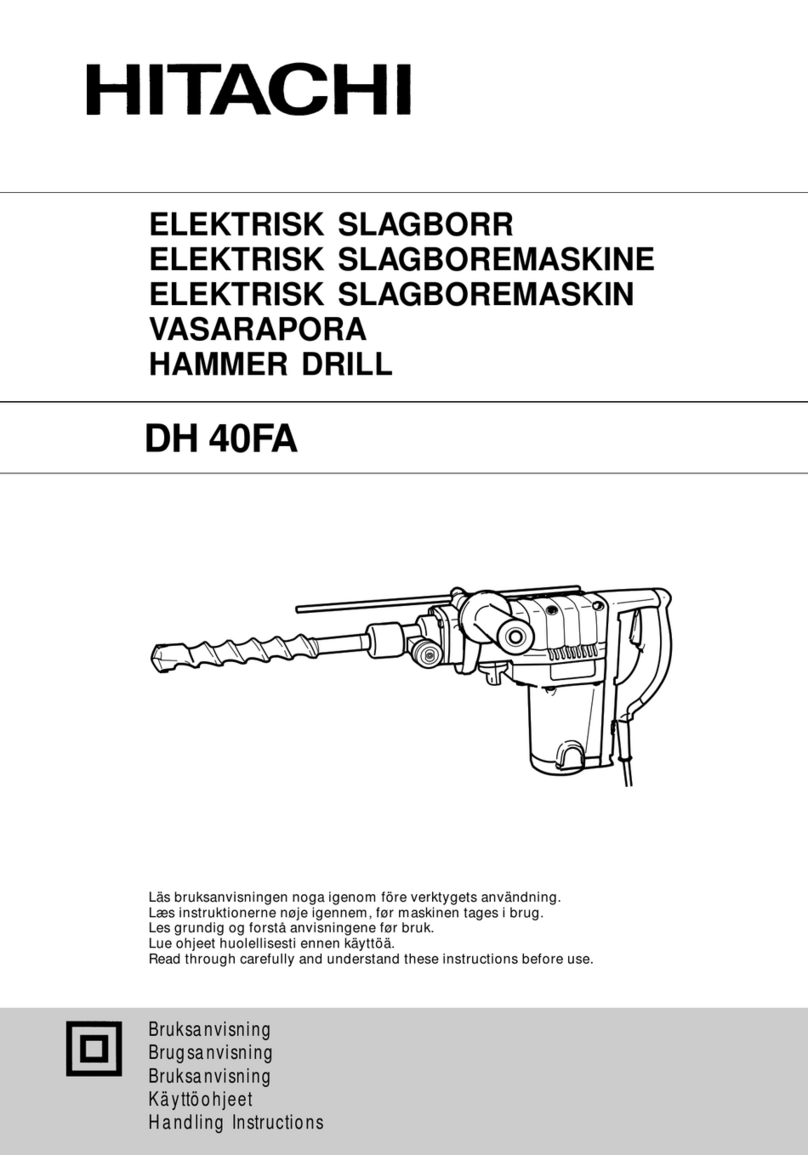
Hitachi
Hitachi DH 40FA Handling instructions

GREAT PLAINS
GREAT PLAINS 1206NT Pre-delivery instructions

Husqvarna
Husqvarna DM430 Operator's manual
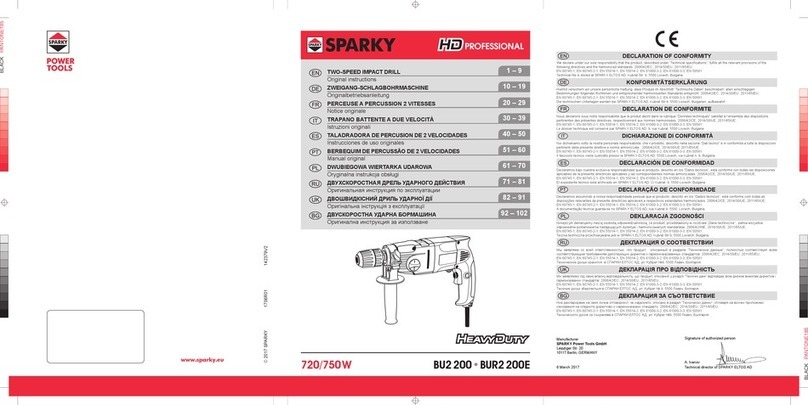
Sparky Group
Sparky Group HD PROFESSIONAL BU2 200 Original instructions

Black & Decker
Black & Decker FS9099 FireStorm instruction manual

Stanley
Stanley STHR323 manual


